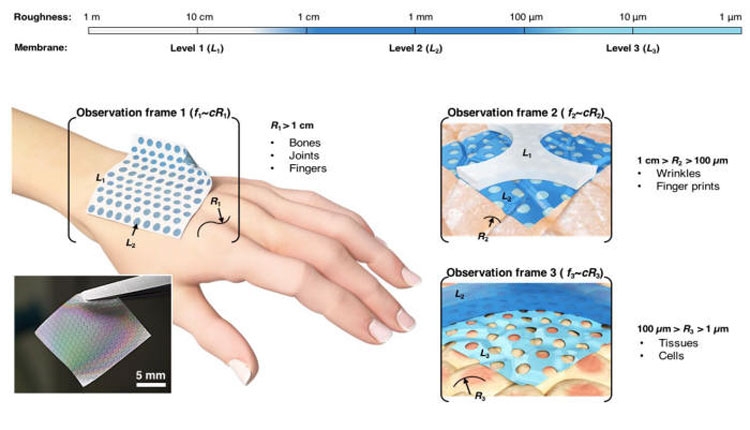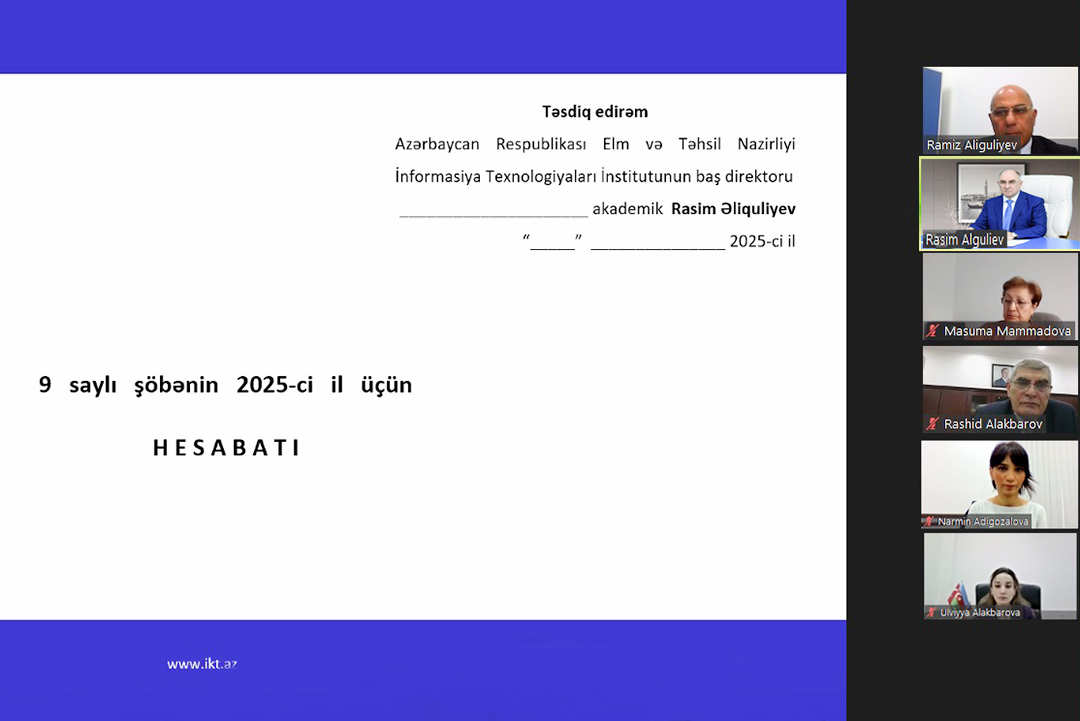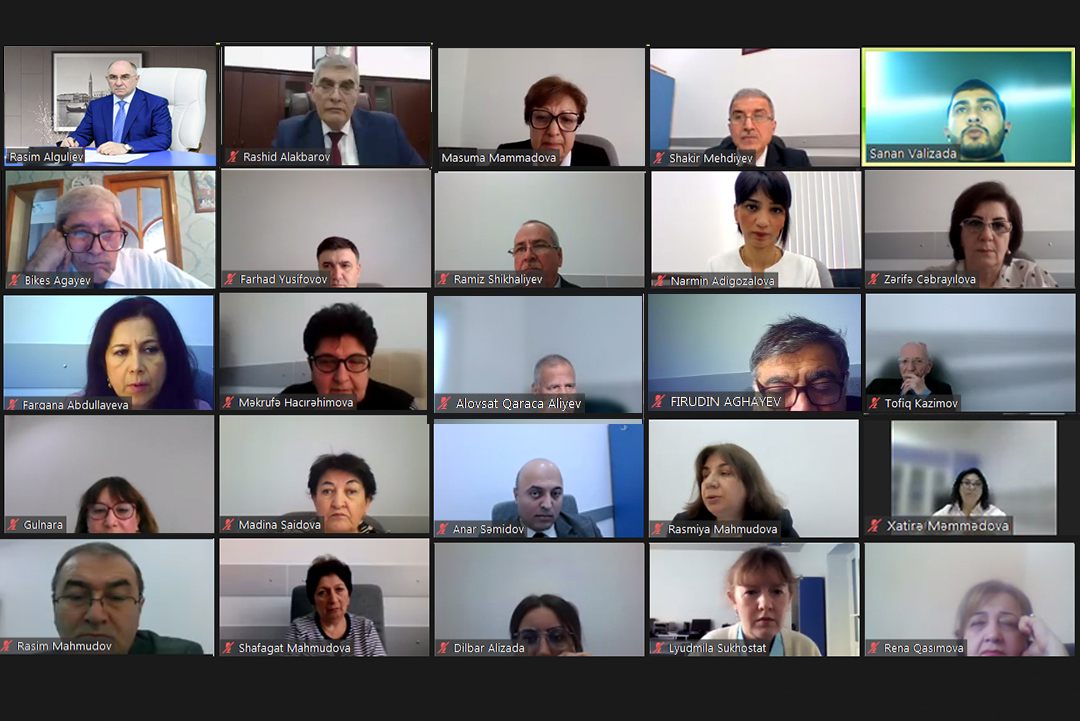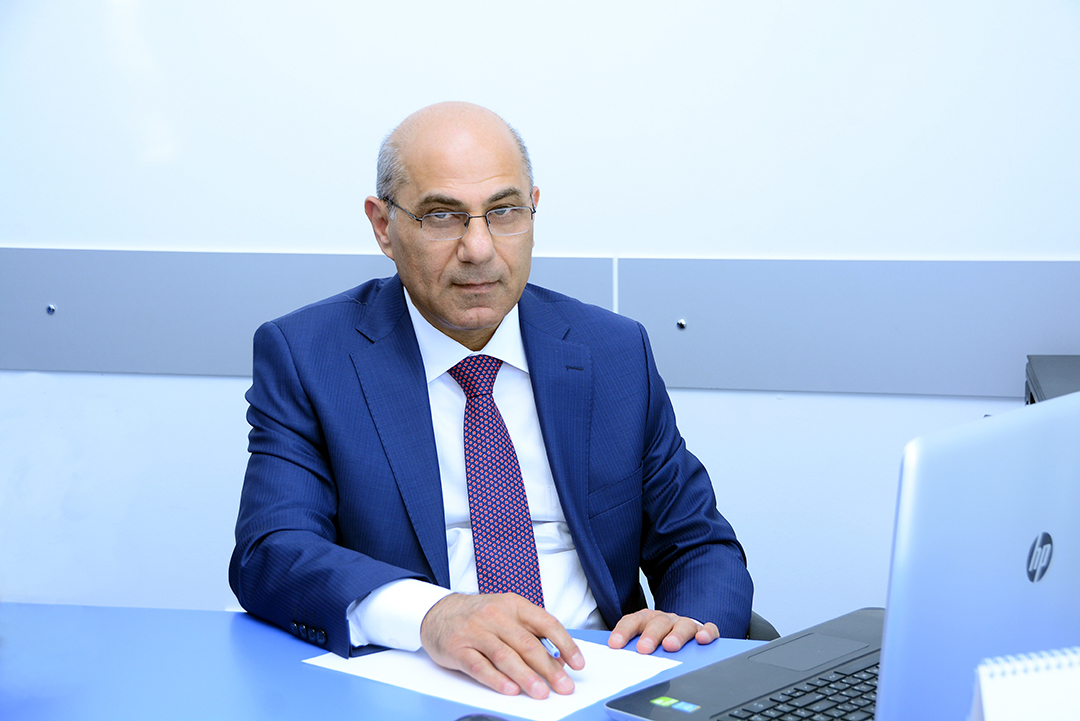NEWS
Korean scientists convert body heat into electricity for gadgets

Two South Korean research institutes - the Electronics and Telecommunications Research Institute (ETRI) and the Korea Technology and Science Institute (KIST) - have created an advanced thermoelectric element to convert the heat of the human body into electricity. Development has been conducted since 2017, but the completion of the final stage of experiments was reported only on January 15, 2019.
This is not the first attempt to extract electricity using the difference in body temperature and ambient air. Previously, the most effective thermoelement for such purposes was created by American scientists with the ability to produce about 20 microwatts from each square centimeter of the thermoelement. The development of Korean scientists mines one and a half times more thermoelement from every centimeter - about 35 microwatts.
The dimensions of an experimental thermoelement are 5 × 11 cm. Two such elements can produce up to 3 mW of energy. The complementary thermoelement control circuit ensures conversion efficiency up to 80%. In the demonstration experience from two thermoelements on the scientist's hand, it was possible to power a group of LED indicators. Development can now be launched into commercial production, but scientists suggest waiting for two or three years, for which they promise to further improve the energy efficiency of thermoelements.
Such power sources, which do not require batteries, will be very useful for wearable medical sensors and for things with an Internet connection. Smart clothing and urban infrastructure will need power supplies that would ideally never need to be changed. Extraction of energy from vibration, radio emission, light or heat elements will be the fact that will allow you to qualitatively change both a person's life and the idea of control over his environment.






